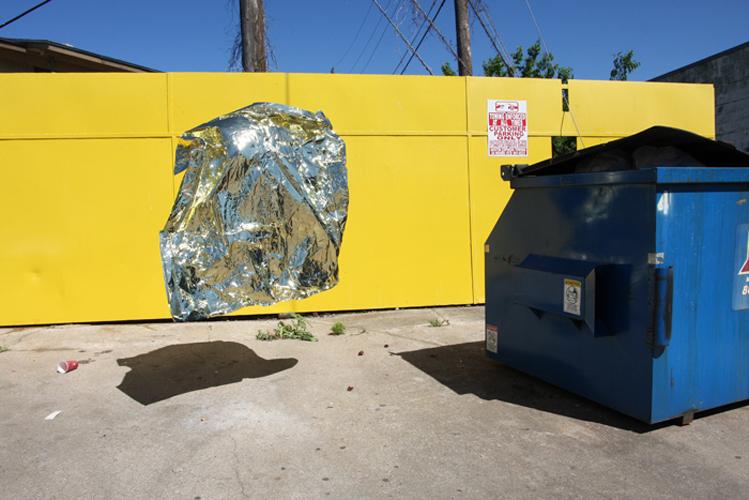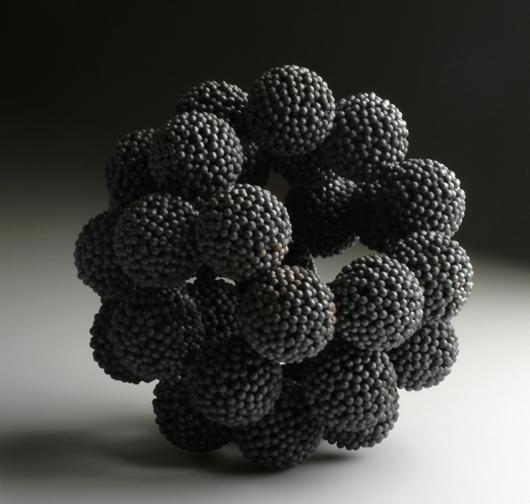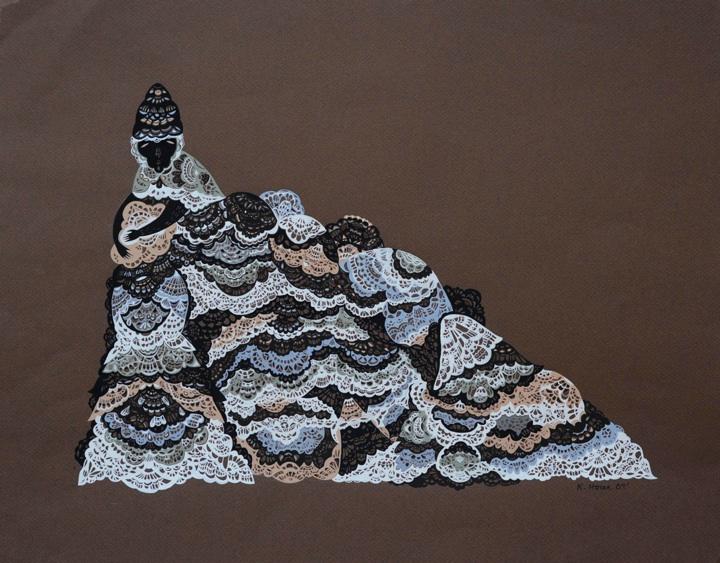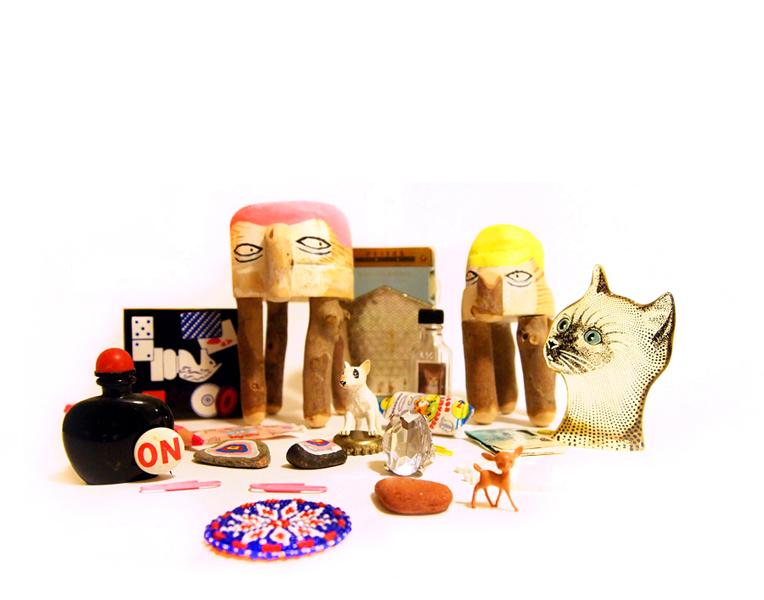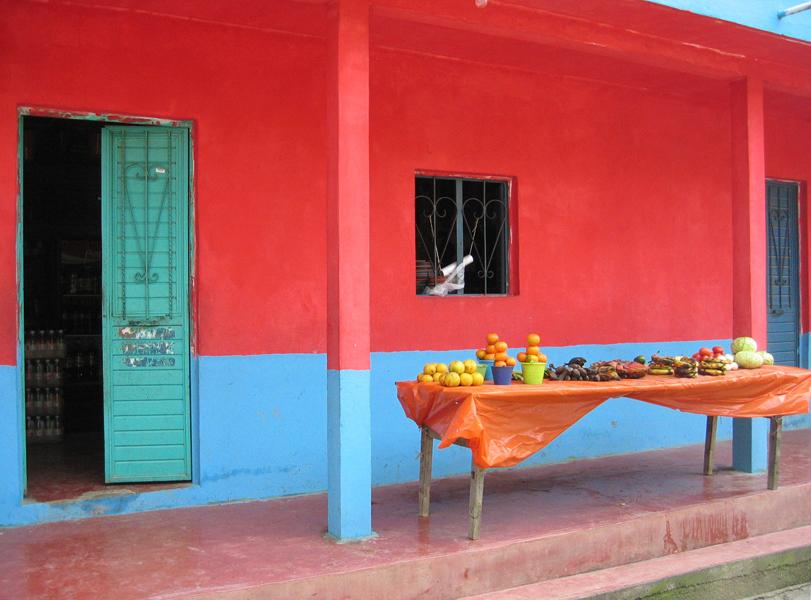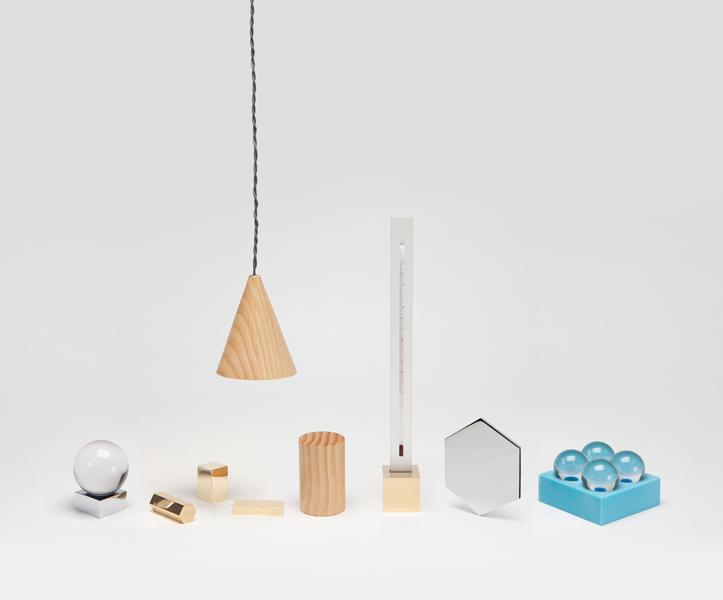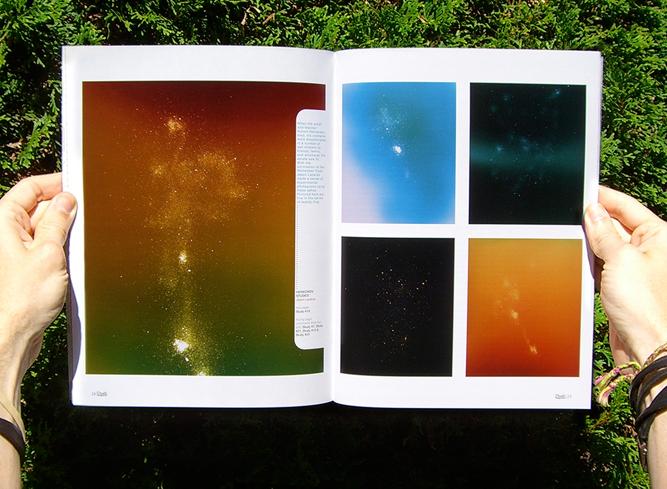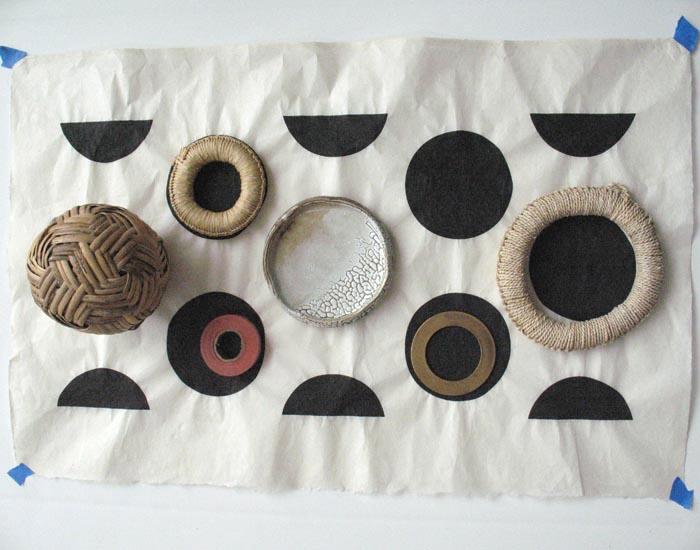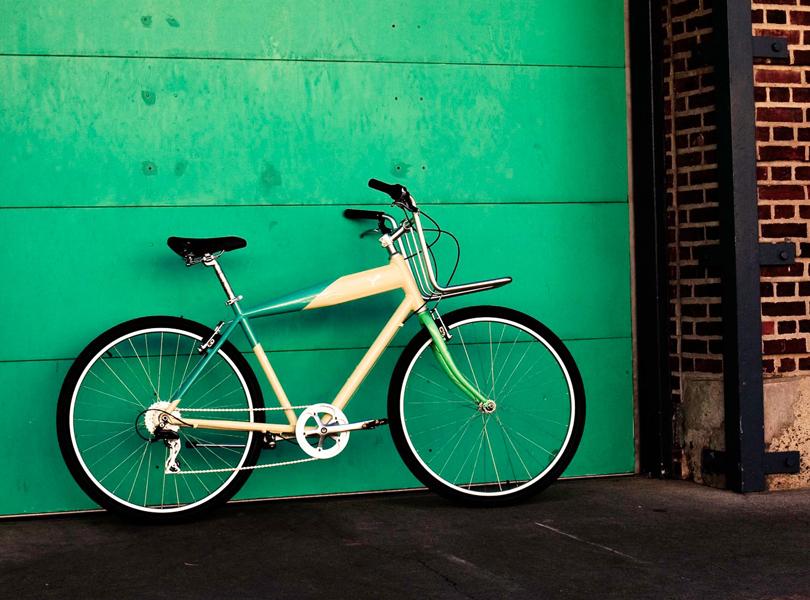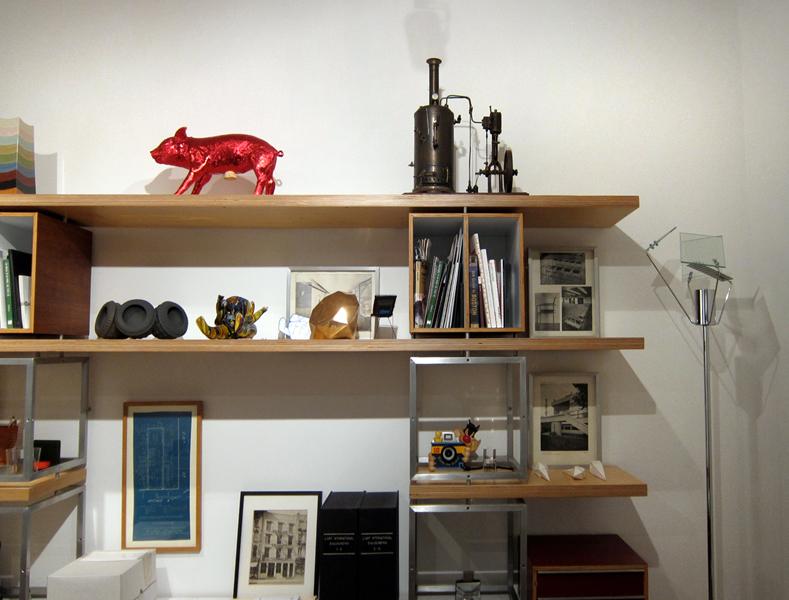
11.23.10
Studio Visit
Harry Allen, Product Designer
Harry Allen is a happening guy. From his design studio in New York’s East Village, he makes ironic banana bowls and pig banks for Areaware and is one of only three American designers working with the hip Italian furniture brand Skitsch, along with Jason Miller and Todd Bracher. His new Bang perfume bottle is all over the ad pages of major fashion magazines, strategically positioned atop a nude Marc Jacobs, and the skateboarding store Supreme owes its interiors to him. Allen is so evergreen, in fact, that it’s easy to forget the most basic fact of his biography: He’s been doing this for nearly 20 years. “Everyone treats me like I’m some kid, but I’ve been around for a long time,” he says. “When I started in 1993, there was no Moss, no Wallpaper. Philippe Starck was king, and everything was shaped like a horn. I looked at Europe and thought: That’s what I want to be, I want to be like Starck. I want to be Starck.” But while he did follow that model when he set up his own design studio in 1993 — as opposed to joining a corporation like most of his American peers were doing at the time — part of the reason Allen’s presence in the design world always feels so fresh is that unlike Starck, he's constantly reinvented himself along the way.
